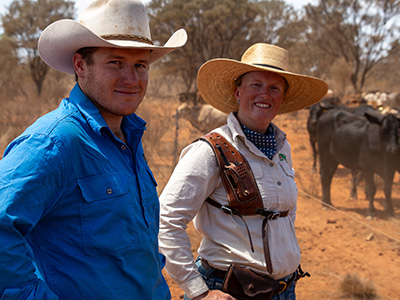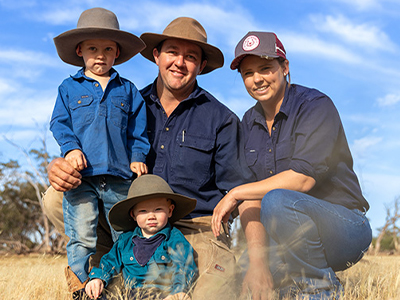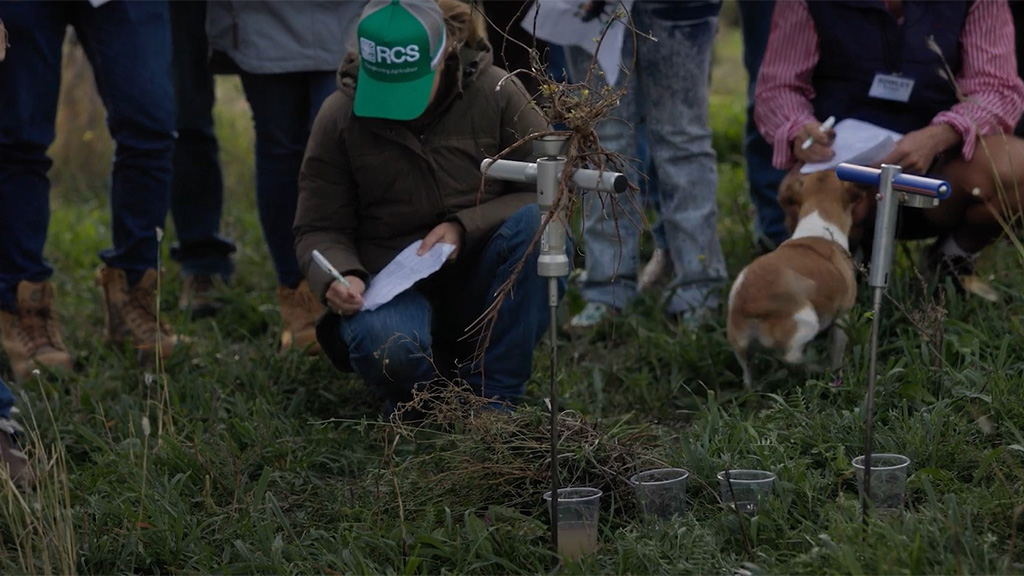Words by RCS Senior Advisor and Coach Nic Kentish (pictured)
23/04/24
There’s a phenomenal level of old wives tales around fodder conservation and feeding out hay. My old boss used to love to announce at the end of every hay-making season that “Hay in the shed is like money in the bank!” I never questioned him, but I did know that quite a bit of his money had to come out of the bank to cut, rake and bale the stuff because the contractor told me how much he was going to be paid!

The season in SA and Tassie is particularly tight right now with little or no useful rain since early January and a generally failed 2023 spring prior to that. Right now, across southern Australia and much of the eastern NSW, you won’t need to drive far out into the countryside to see cattle and sheep grazing (and lying on) hay and silage trails lined across paddocks. As ANZAC Day approaches and the average autumn break day looms closer, cows, sheep and humans alike all say a little prayer of some kind to hopefully soon relieve the feeding-out pressure.
One view of stored fodder is that it allows for a season to fail and for farmers to feed out to retain their herds and flocks until green feed grows again. It fills a feed gap. Another view of stored fodder is that it means a farmer can supplement some energy and protein (assuming it is baled as high quality and not spoiled by rain) when one or the other is in short supply through the season.
Both are questionably valid arguments and heard often because they assume that the stored fodder is fed as a feed supplement, that is it supplements the grass that sheep and cattle would normally eat. The problem is that it shifts from being a supplement and becomes a substitute very quickly as paddock dry feed runs out and dependency upon carried-in feed increases.
Do the sums. Pasture hay is selling in Victoria today for around $220/t. This is not the total cost of feeding it out since there is freight, handling, machinery R&M, labour and depreciation to account for but let’s just say it’s a round figure of $250/tonne or 25c/kg. A 600 kg cow consuming 2.5% of her bodyweight will consume 15kg/day or $3.75/day or $26.25/week of that hay. That’s going to continue for probably 3 months for many farmers which will be a cash cost to the Gross Margin of $315/cow.
- What if we could create a system that didn’t need this cost and also allowed us to hold most of our stock numbers? Answer – feed budget.
- What if we measured and budgeted our grass in the paddock each month (just like an economic budget/actual)? Answer – feed budget.
- What if we realised much earlier in the season that we should lighten our stocking rate to match our carrying capacity and go find an agistment paddock or two somewhere nearby? Answer – feed budget.
- What if, heaven forbid, we calve our cows in the mid-late winter so that we can early wean in the summer, if we need to, in order to preserve our cows body condition score and get ourselves through a tight autumn? Answer – feed budget.
- How expensive does hay and silage making have to become before its preclusive to depend upon? What price is hay on Gumtree before we say its too dear for our enterprise to stay profitable? Answer – Economic budget.
So long as we know those figures, it’s okay. I mean, it’s not a crime to substitute-feed livestock but we are punishing our livestock enterprises profitability to a criminal level by making them incur these costs, particularly if we haven’t budgeted for them.
Farming is highly unpredictable in Australia. We have 23 times more variability in our hots, colds, wets and drys than the next arable continent on earth. So, it’s not like tough seasons should come as a surprise. But having an enterprise that is vulnerable to unpredictability (i.e we will sink if the season fails) is too risky for my liking. I know that through learning, we can counter the risk problem. At least learn how to do a feed budget.
Interesting in learning more? Join me in the Adelaide Hills, SA in August 2024 for our Farming & Grazing for Profit school. Details here.










